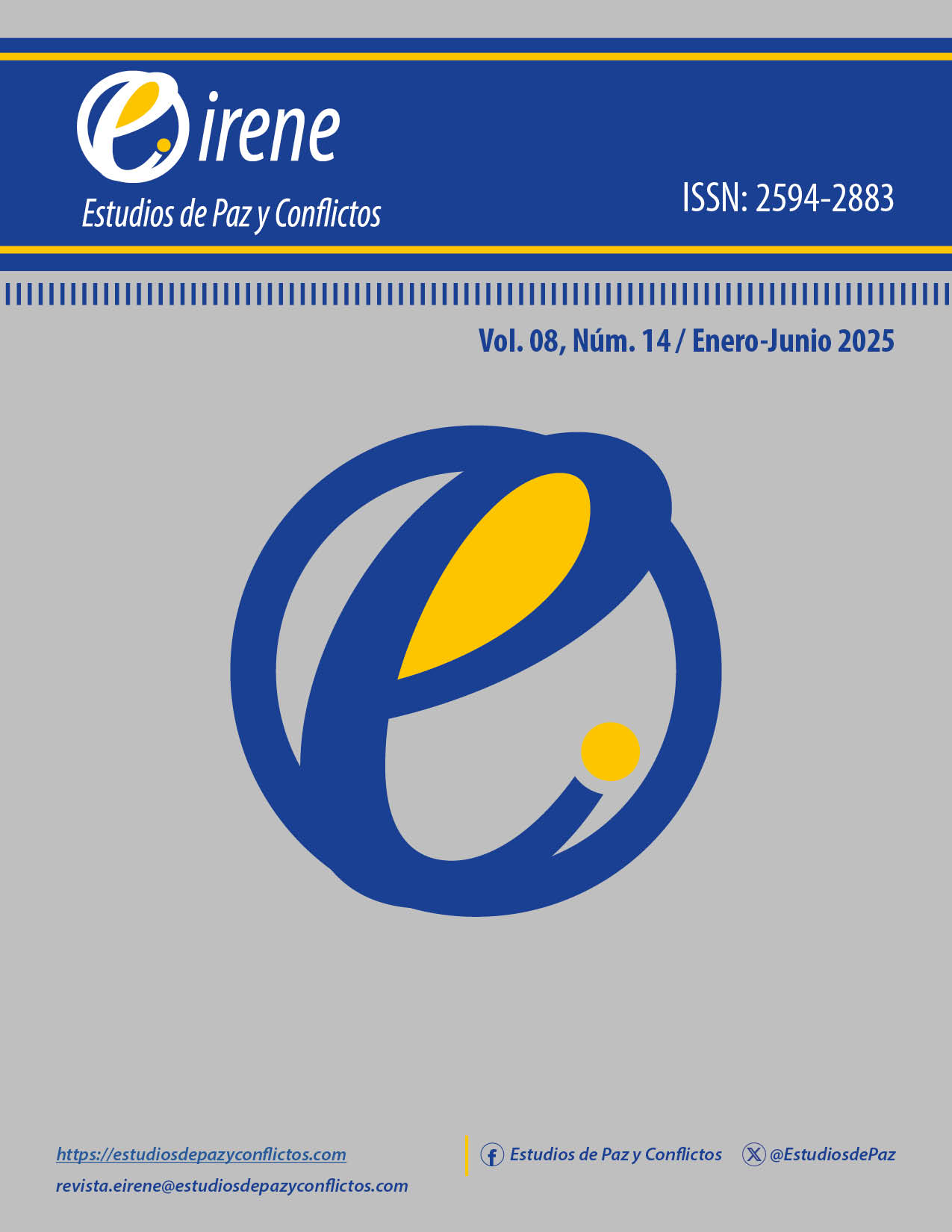Innovation and conflict resolution: the intersection between new technologies, artificial intelligence and alternative methods
DOI:
https://doi.org/10.62155/eirene.v8i14.306Keywords:
Artificial Intelligence, Conflict resolution, Alternative Conflict Resolution Methods, Criminal law, Commercial law, Civil lawAbstract
The book "Innovation and Conflict Resolution: The Intersection of New Technologies, Artificial Intelligence and Alternative Methods" addresses the use of AI in mediation and dispute resolution, exploring its potential to transform Alternative Methods of Conflict Resolution (ACR). The authors, Dr. Marta Gonzalo Quiroga and Dr. Yoruanys Suñez Tejera, analyze in a practical way the opportunities and ethical challenges of integrating these technologies in the civil, commercial, and criminal fields. The text also reflects on how the pandemic accelerated the digitalization of ACR and the rise of online conflict resolution platforms. With a clear and accessible style, the authors break down complex concepts in a way understandable to a wide audience, from experts to readers who are beginning to approach the subject—reasons why, without a doubt, it is established as an essential reference in its field.
Downloads
References
Gonzalo, M. y Suñez, Y., (2024). Innovación y resolución de conflictos: la intersección entre las nuevas tecnologías, la inteligencia artificial y los métodos alternativos. Ediciones ONBC.
Downloads
Published
How to Cite
Issue
Section
ARK
License
Copyright (c) 2024 Rachel Domínguez Suñez

This work is licensed under a Creative Commons Attribution-NonCommercial 4.0 International License.
Copyright Notices Proposed by Creative Commons
1. Proposed Policy for Journals Offering Open Access
Those authors who have publications with this journal, accept the following terms:
a. Authors will retain their copyright and guarantee the journal the right of first publication of their work, which will be simultaneously subject to the Creative Commons Recognition License for which the user is free to: share, copy and redistribute the material in any medium or format; and to remix, transform and build from the material. This under the following terms:
- Credit must be given appropriately (journal, author, url / doi).
- A link to the license is provided.
- It is indicated if the changes were made.
- They are not used for commercial purposes.
b. Authors may adopt other non-exclusive license agreements for the distribution of the published version of the work (eg: deposit it in an institutional telematic archive or publish it in a monographic volume) provided that the initial publication in this journal is indicated.
c. Authors are allowed and recommended to disseminate their work through the Internet (eg: in institutional telematic files or on their website) before and during the submission process, which can lead to interesting exchanges and increase citations of the published work. (See The effect of open access).






.png)



.png)
.jpg)






